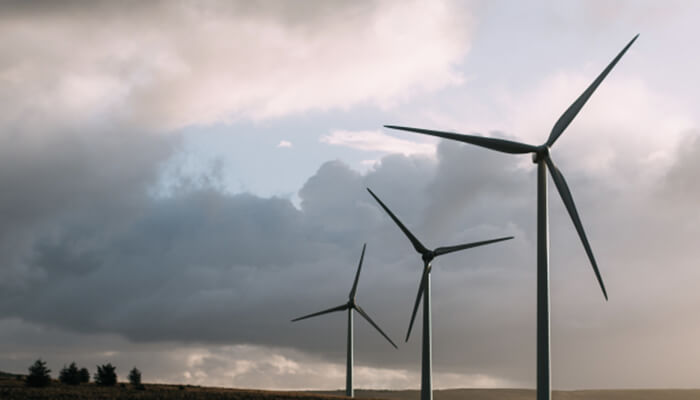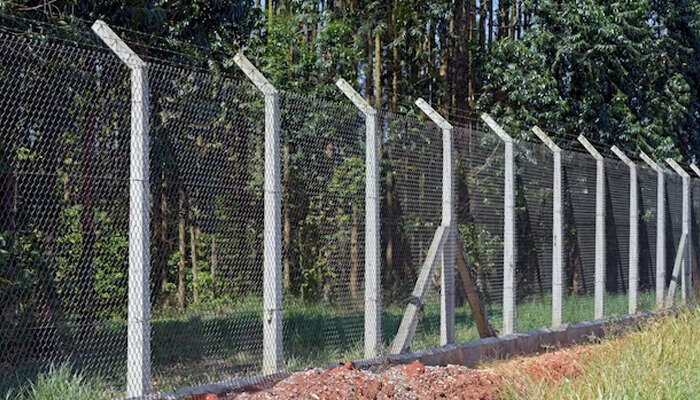Businesses intending to install wind fencing on their premises cannot ignore the terms “wind speed” and “wind run.” These two terminologies have great significance in fencing, wind protection, and other related stuff.
Companies look at wind speed, and wind run to determine what kind of fencing will be best at a particular location. But most people wonder: what’s the difference between the two words?
Difference Between Wind Speed and Wind Run
The seemingly similar terms have one distinct characteristic: their unique measurement units. Wind speed is measured as “kilometers per hour” or “meters per second.” Wind run, however, is calculated as “miles of wind” or “kilometers of wind.”
Wind run requires wind speed for its calculation. It’s the average wind speed multiplied by the unique interval set to determine the speed (30 minutes, an hour, etc.). The next question is why companies like WeatherSolver Structures require this data.
WeatherSolve Structures will look at these values to determine the direction of the wind (wind run) and speed. The latter will help set the threshold above which strong winds may become dangerous/harmful.
Experts use a wind rose to determine the nature of wind and its direction and plan the fence makeup accordingly. They carry out this procedure because it’s essential for them to know the weather conditions of an area to provide people with accurate fencing.
What is Wind Fencing?
Companies and other business outlets have expensive outdoor machinery and equipment. These essential assets remain prone to external dangers. Suppose a business deals with building construction. Strong winds are more likely to blow off sediments or other materials from the site or drop some dangerous elements, resulting in large-scale damage.
Wind fencing keeps strong winds at a distance, stopping their particles from entering the protected site and averting any mishap. Particles deflect from the fence and go back. Resultantly, low-intensity winds manage to cross the barrier wall.
Also, the damage caused by winds is due to wind power – the square of wind speed. And since the fence minimizes the speed, the resultant effect is negligible.
Good fences reduce wind speed by around 40%. Also, winds are notorious for bringing harmful dust particles with them.
Machinery that collects dust particles requires more maintenance and expense for companies. Wind fencing tackles this problem to a great extent, and good fences reduce fugitive dust to below 16%.
What Industries Use Wind Fencing?
Windbreaker fences or dust breakers have extensive use across all industries. Some sectors where wind fences are in high demand are agriculture, dairy farms or livestock, solar fields, construction sites, etc. Companies often ask what costs they will incur when installing wind fencing, and there’s no definite answer. The price depends on the kind of fence entities install. Once the structure is chosen, the companies also decide on the fabric. WeatherSolve Structures provides consultation services to firms so that they can decide easily after gaining the required information.
Benefits of Wind Fences
This section takes a brief look at the many benefits of wind fences:
Suitable for Solar Fields
The shift to solar fields has been relatively quick, and companies and universities have set up solar parks to produce electricity through clean resources. These panels, however, lie in open fields where external factors like wind and dust routinely disturb their output levels.
Dust particles on solar frames are a significant cause of reducing irradiance – the amount of sunlight collected. Wind fences minimize dust flows into the field, allowing the panels to keep working optimally. Also, during wind or dust storms, the fencing helps protect the solar areas against any damage. This protection will enable people to set their plants running as soon as the storms pass. Similarly, solar panels don’t automatically come to a grinding halt during such storms and continue storing light and producing electricity.
Enhanced Productivity of Animals
Wind fences in dairy farms lead to greater productivity of animals. As the temperatures inside animals’ shade houses remain controlled, the cattle don’t spend much time maintaining body heat. The energy previously used to keep body temperature at normal levels is utilized in other activities. And as stressors from the environment get removed, milk production increases. Such fences also provide a secured and isolated space for the cattle, which doesn’t have to worry about any intruders at odd hours. Such installations also greatly maximize animals’ security during extreme weather events.
Reduced Maintenance Cost of Plants
Companies with outdoor plants have to keep a good amount of money aside for the regular maintenance and repair of their plants. With wend fences, this cost declines significantly. Strong wind fences don’t let wind pass through them, stopping the strong winds from taking dangerous triggers inside, which harm the plant’s productivity and efficiency. And since the plant gathers less dust, companies won’t have to pay a hefty amount in maintenance.
Increased Agricultural Output
Strong winds lead to soil erosion, which deprives the soil of nutrients that lead to crop production. Good fences decrease wind speed so that the essential minerals are not wiped from the ground. Plants and other crops planted in the fields receive a proper diet from the soil and the quality of the product increases. Also, fences keep wild animals away from the crop, minimizing the threats of crop damage.
Maintain Privacy
Construction sites and other areas that need maximum privacy and security will find wind fences a blessing. The installation will have multiple benefits, and keeping such areas safe from intruders will go a long way in helping companies save up on the cost they incur in the case of a security breach.
The Final Word
Wind fencing is fast becoming popular all over the world. WeatherSolve Structures provides fencing solutions to its clients spread in different countries. The concept isn’t new, but with technological advancements, the available products are much more efficient when offering wind and dust protection.
With WeatherSolve Structures, clients can blindly trust the company’s products and increase the output of their plant and equipment, solar fields, cattle, etc.



